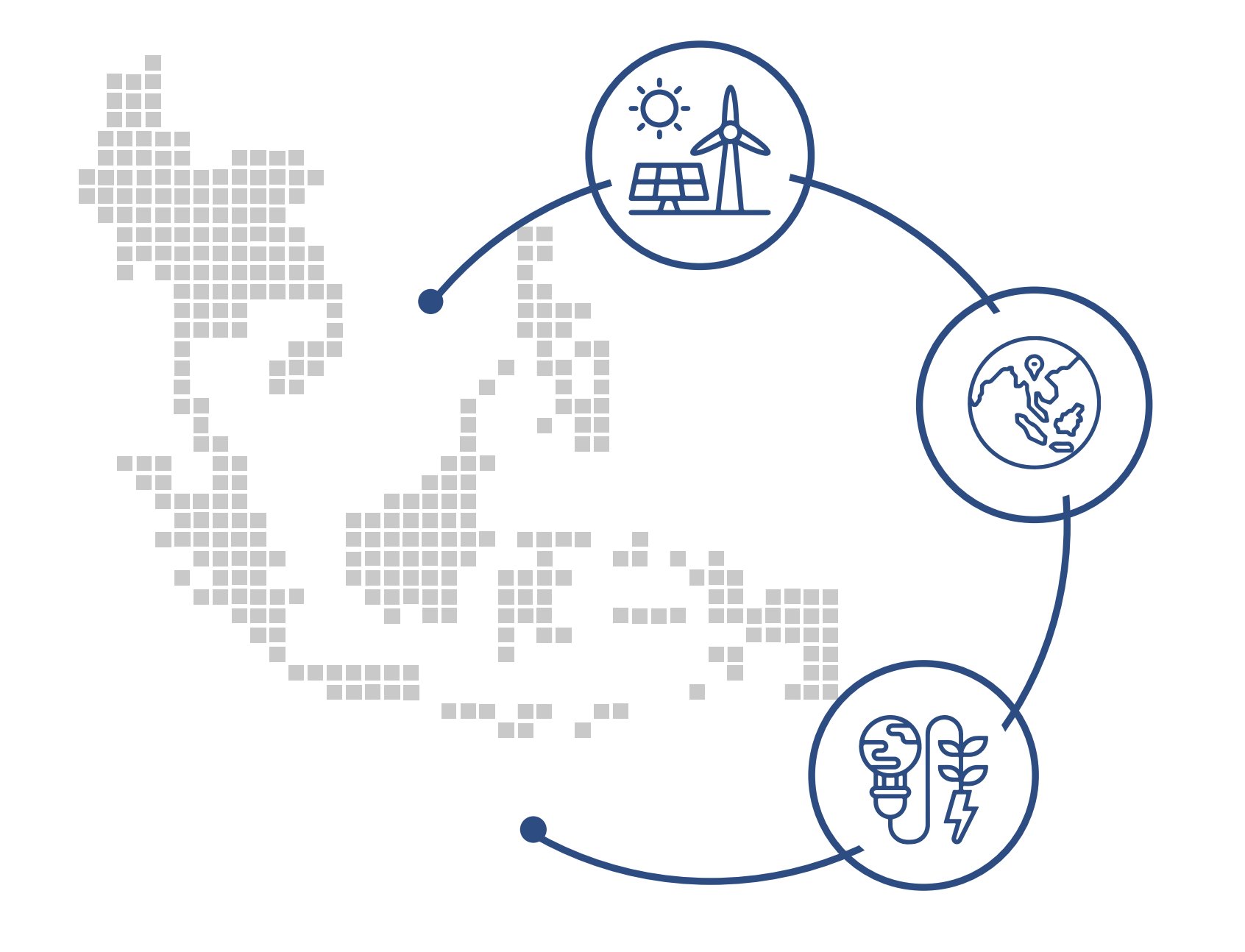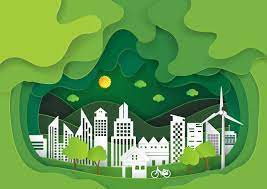Background Information
An eastern African country with a population of 92 million, Ethiopia, is the most populous landlocked country in the world. It consists of a high plateau with a central mountain range divided by the Great Rift Valley. Although only 13% of its land is arable, agriculture accounts for 47% of Ethiopia’s GDP and 85% of its workforce is employed in the sector. As a result of poor agricultural practices, water shortages are common, food security is often fragile and almost 40% of the population lives below the poverty line. Other environmental issues include deforestation, overgrazing, soil erosion and desertification. For example, Ethiopian forests deforestation projections indicate that unless action is taken, fuel wood consumption would rise by 65% and an area of 9 million ha may be deforested between 2010-2030.
Overall Fiscal Profile
Owing to construction and agricultural output, Ethiopia has been experiencing robust growth over the past decade making it one of Africa’s top performing economies. In 2012/13 the economy grew by 9.7 per cent. Inflation declined to 7 per cent in 2013, declining from 40 per cent in 2011, owing to the governments focus on domestic resource mobilisation and reduced domestic borrowing. The revenue to GDP ratio is anticipated to have fell from 14 to 13.2 from the 2011/12 to 2012/13 fiscal years, owing to pro poor and poverty reduction endeavors. The budget deficit within the country was estimated to be at 2.8 per cent as of 2013. The revenue to GDP ratio was expected to be 13.2 percent in 2012/13.
Policy and Legislative Framework for Green Economy
In 1994, environmental protection was included in the Ethiopian Constitution. Three years later, a national policy and strategy on the environment was adopted by the Council of Ministers and Ethiopia started to formulate and implement environmental protection laws. However, implementation and enforcement have been quite weak in the past, in part as a result of limited financial and human resources.
The government’s vision is for Ethiopia to reach middle income status by 2025 through developing a climate-resilient green economy. To that end, it released a Climate Resilient Green Economy (CRGE)Strategy, an important framework for defining its green economy transition. The CRGE focuses on the following: agricultural production improvements, forest protection and rehabilitation, renewable energy enhancement and measures to improve modern and energy-efficient technologies. The CRGE synthesizes the findings of more than 50 experts and 20 government institutions.
Fiscal Measures for a Green Economy
While the country expects to invest 27.5 % of GDP for a five year period (as of 2009) a substantial additional amount (US$150 billion) is needed to support the CRGE up to 2030. However, domestic savings will only equal 11.9%. Thus, foreign direct investment, international capital, and other sources of revenue remain critical for its deployment. This funding will be allocated to capital investment (US$ 80 billion) and operating and program expenditures (US $70 billion). Thus, maximizing the potential funding for implementing the CRGE and enhancing fiscal reform remains integral to supporting the transition.
Some of the expected future policy developments include introducing fuel efficiency standards on all vehicles as well as carbon finance regulation. Carbon credits and increasing electric tariffs are briefly mentioned in the CRGE Strategy as a mechanism to improve financing capacity for a green economy transition but more detail is needed on how these measures can be implemented concretely.
Hydroelectric plants produce almost 90% of Ethiopia’s electricity. Energy saving measures within the country are expected to result in a surplus of clean power, which could then be exported providing the economy with further revenues. This may be an opportunity for government fiscal support in harnessing economic growth.
Ethiopia struggles to receive adequate funding for the green transition. Substantial investments are required and internationals support will be needed. The government is working towards setting up a financing mechanism to facilitate the development of new incentives for the green economy.
Fossil Fuel Subsidy Reform
Before enacting fossil fuel subsidy reforms in 2008, the government of Ethiopia spent about USD 50 million a month on fuel subsidies. It set up a Fuel Subsidization Fund in order to absorb price shocks from fluctuations in international oil prices. However, the subsidy benefitted rural and urban high-income households rather than poor households, and exacerbated the budget deficit. Therefore, the Council of Ministers decided to raise domestic retail prices of fuel in October 2008. Domestic kerosene prices were increased by 50.4 percent; petrol prices by 5.6 percent, diesel by 39.4 percent, light fuel oil by 31.7 percent and black fuel oil by 26.5 percent. At the same time, the government introduced an automatic price adjustment mechanism that would raise domestic fuel prices when global oil prices increased. Successive adjustments were made to public transport – namely taxi and bus fares – which impacted urban dwellers the most.
Along with the fuel price increases, the government introduced ethanol blending of 5% ethanol with 95% gasoline in October 2008, which was then later increased to 10% ethanol in 2011. The ethanol portion is expected to reach 25% by 2015. This measure aimed to diversity Ethiopia’s energy portfolio and reduce intensity of fossil fuels in energy consumption. Other measures were introduced to complement the fossil fuel subsidy removal. For instance, a programme was launched to distribute improved cook stoves to rural households in order to enhance energy efficiency and reduce carbon emissions; and rail infrastructure projects were undertaken throughout the country. Since the subsidy removal, Ethiopia has seen a decline in the import of kerosene and an increase in the use of electricity and biofuels, signifying progress towards a successful Green Economy transition.
Additional Readings Federal Democratic Republic of Ethiopia. (2011). Ethiopia’s Climate Resilient Green Economy. Green Economy Strategy. Retrieved from: https://www.undp-aap.org/sites/undp-aap.org/files/Ethiopia%20CRGE%20Strategy%20Final.pdf GIZ, 2013. Green Economy in Sub-Saharan Africa. Lessons from Benin, Ethiopia, Ghana, Namibia and Nigeria Retrieved from: http://www.greengrowthknowledge.org/sites/default/files/downloads/resource/green_economy_in_sub_saharan_africa_GIZ.pdf GSI, 2012. Fossil Fuel Subsidy Reform: Building momentum at Rio and beyond. Retrieved from; http://www.iisd.org/gsi/sites/default/files/ffs_sideevent_rio_beyond_meetingreport.pdf IMF, 2013. IMF Executive Board Concludes 2013 Article IV Consultation with the Federal Democratic Republic of Ethiopia. Retrieved from: http://www.imf.org/external/np/sec/pr/2013/pr13407.htm





